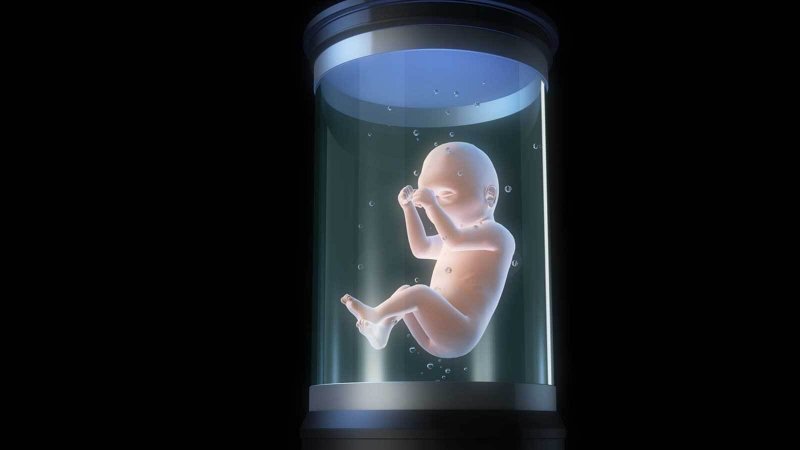In 2017, a team of Australian and Japanese scientists announced a breakthrough that could someday save the lives of countless babies. They used an artificial womb to keep premature lamb fetuses alive and healthy enough for them to be later delivered without serious health complications. This month, that same team announced a leap forward in their technology, now claiming it can keep even extremely premature lambs alive.
Their artificial womb is called the ex-vivo uterine environment (EVE) therapy. On its surface, it looks like a pillowcase-sized, transparent bag. Once the fetus is inside EVE, though, it is surrounded by a protective bath of sterilized, artificial amniotic fluid, which is routinely filtered out and replaced. Infusions of vital nutrients like amino acids and medications like antibiotics are regularly provided via IV. The womb also acts as a lung, pumping out carbon dioxide and pumping in fresh air.
…
At this time, though, we’re likely still years off from any human trials. And aside from technological hurdles, researchers will need to fend off criticism that their technology is ultimately intended to replace natural births or could have other unintended consequences, like limiting abortion rights.
Read full, original post: Artificial Wombs Are Getting Better and Better































